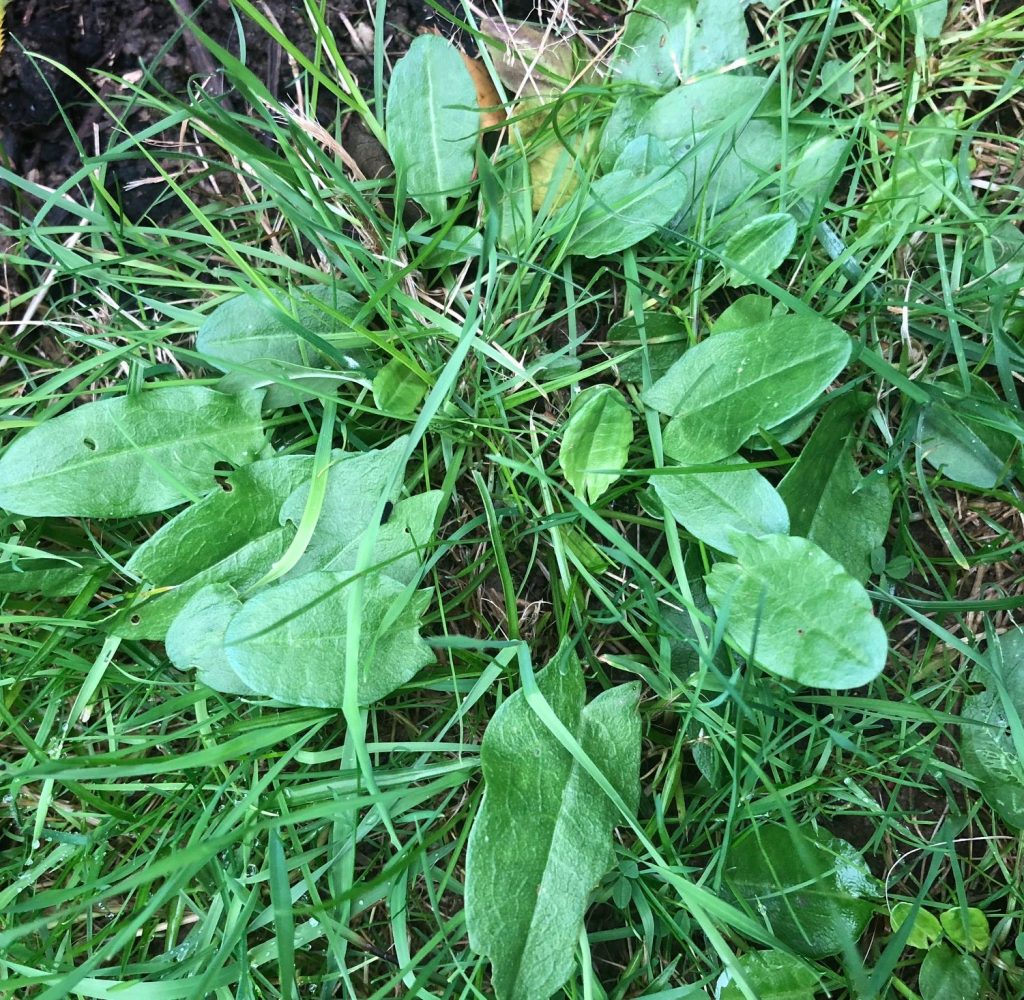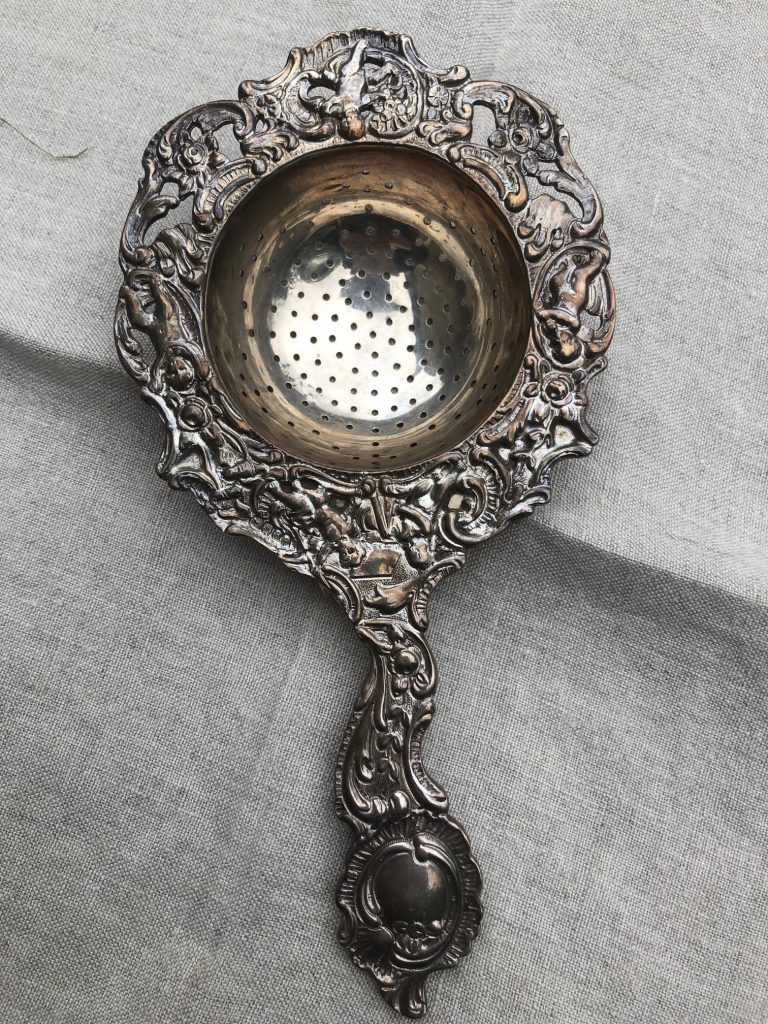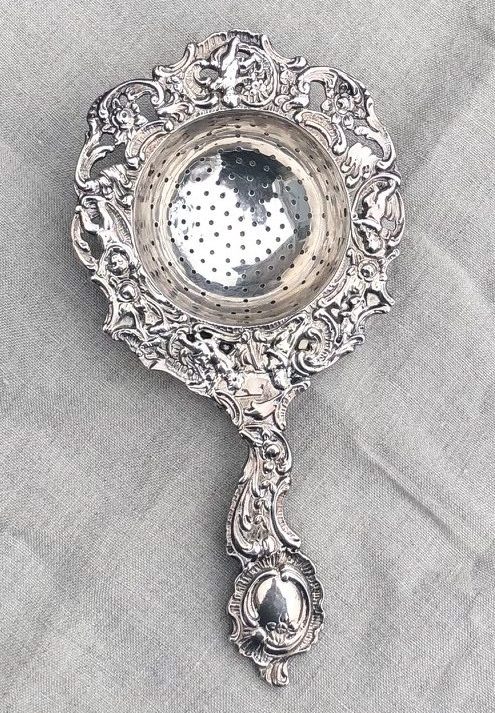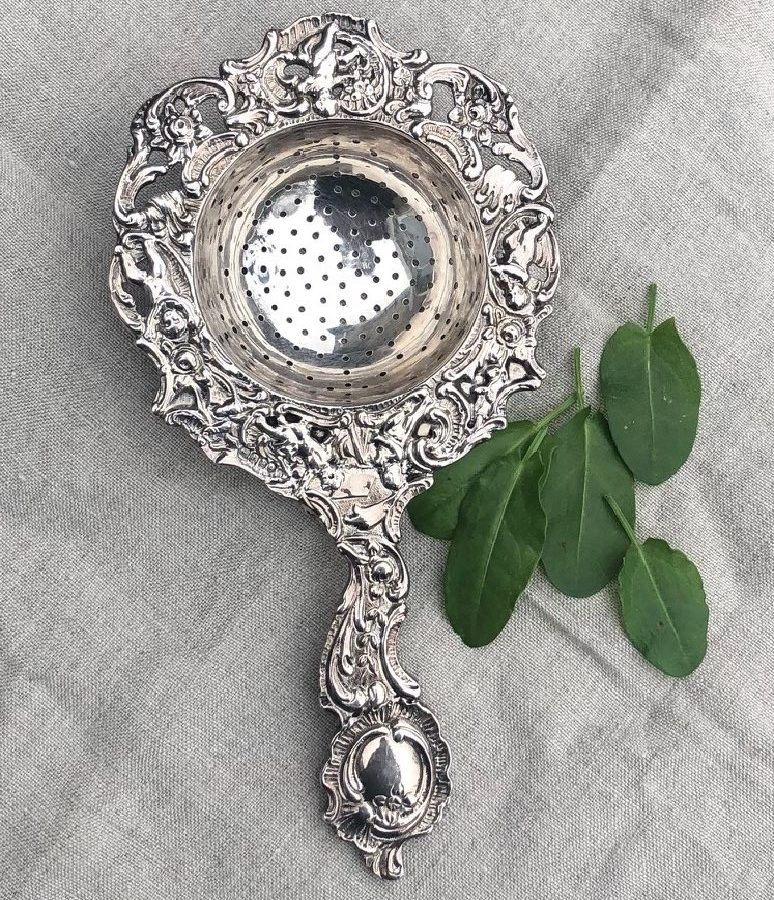Natural Methods of Cleaning Silver
I remember how shocked I was when I looked at ‘how to use’ instructions on a tub of silver cleaner that I bought, and saw warnings that the product is harmful to ‘aquatic life’ and can cause cancer in humans. This was deeply alarming, considering that commonly cleaned objects include personal jewellery and kitchen utensils, such as knives, forks, serving spoons, salt and sugar bowl, milk jugs and similar. This happened a long time ago: I immediately disposed of the product and never bought any silver cleaner since.
For years I have been using toothpaste to clean silver, including candle holders, jewellery and cutlery. I highly recommend it – it is easy to use, does not require any preparation and is highly efficient. You don’t need any special toothpaste: the cheapest, a supermarket’s ‘own’ is absolutely fine. In my experience a whitening toothpaste does not work any better than an ordinary one. This method does require rubbing, but so do commercial cleaners, and toothpaste does not take any more time or effort, as far as I can see. All you need to do is to put in on a soft cloth or sponge and polish the object with it.
Recently I also came across an interesting, completely natural recipe: cleaning silver with sorrel leaves. Sorrel is a perennial plant, extremely common in central and northern Europe, America and parts of Asia, and now found, as an introduced plant, on every continent.

It grows wild in open grassland, including meadows, open woodland and coastal areas, and is cultivated in vegetable gardens for use in salads, sauces and soups.
Sorrel is traditional to many national cuisines. Cultivated varieties, that can be bought in garden centres, have larger leaves, than the wild sorrel. Though cultivated varieties are very prolific, I prefer the wild sorrel. Fortunately it is not difficult to come by. It seeds easily and is spreading without any help in uncut grass areas in my garden, and I regularly pick a few leaves for use in salads. It continues to grow in autumn and starts producing leaves very early in spring, so it is possible to have it through much of the year. Recently I bought a variety of clover from a wild flower nursery. When it arrived by post I noticed that in addition to clover that I paid for, the pot contained a free benefit: a substantial wild sorrel plant that clearly sprouted form a seed and remained unnoticed hiding under the clover. A welcome addition that I don’t mind at all!
Sorrel contains oxalic acid. Its levels are low enough to make using sorrel as food safe, but it is nevertheless recommended only for moderate consumption. The same advice applies to spinach that also has high levels of oxalates.
Plant acids can be very efficient natural whiteners and cleaners, and so I tired using sorrel leaves to clean my antique silver tea strainer. To do this, I collected some sorrel leaves and rubbed the strainer with them, so that they turned into mush and juice was released. The leaves are very soft and cannot scratch the object. Alternatively one could liquidize the leaves or mush them in a mortar, and use the mush as a cleaner on a cloth or sponge. Below are ‘before’ and ‘after’ pictures:


Silver is a soft metal, and because of this it is almost always alloyed with other metals in silverware. So not all silver is the same, and different cleaning methods will work better with some objects and worse with other. But sorrel leaves are now my favourite method for a quick clean of small objects that I use frequently.
